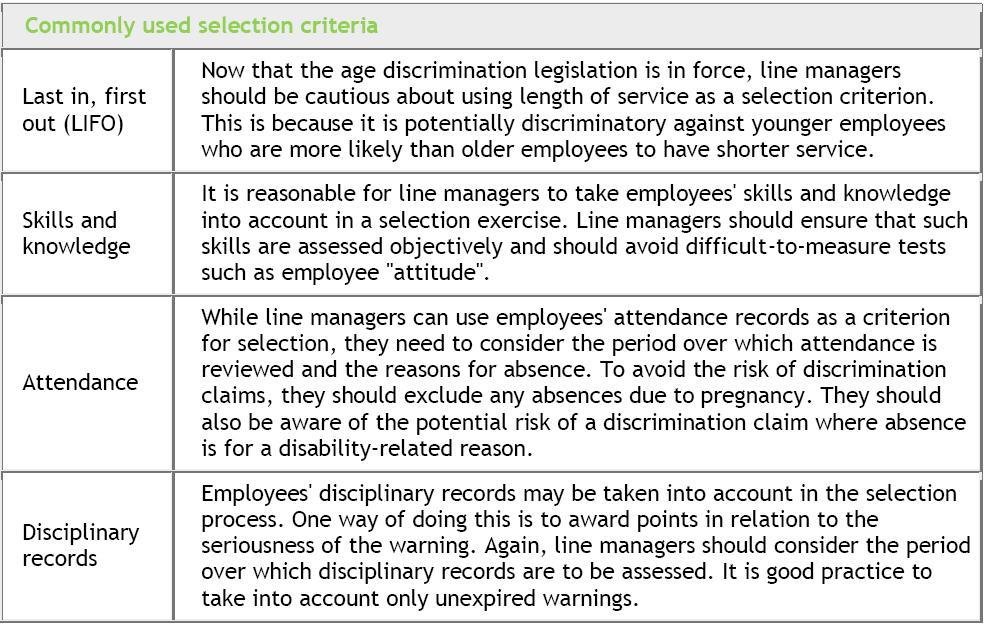Every year around April and October, changes are made to Employment Law that will affect some, if not all of your employees. In April we ran one of our popular Employment Law update workshops, to tell our clients and contacts what they need to know. If you missed it, here’s a summary of what we covered.
More changes will be happening later this year, so we’re running our autumn event on 18 October 2016 and we’ll send you a reminder nearer the time. In the meantime, if you have any questions about the latest changes and what you need to do about them, do get in touch.
Here are some of the issues we discussed at the recent workshop:
Statutory Rates – these usually change, but this year, statutory family-related pay and sick pay rates were frozen.
Postponing a Tribunal – under rule 30A of the Employment Tribunals Regulations 2013 for proceedings presented on or after 6 April 2016, changes have been made, in order to limit the number of postponements and adjournments that can be granted in a single case in the employment tribunal and introduce a deadline after which applications for a postponement will not be allowed. Employment tribunals must also consider making an award for costs where postponements are granted at late notice.
National Living Wage – this applies to all employees over 25 years of age. The new rate from 1 April 2016 is £7.20 per hour, and is expected to increase to £9 per hour from April 2020. Also from 1 April 2016, the penalty was set at 200% for the total underpayment, for each employee who has been underpaid. 300,000 employees will benefit from this increase, with employers needing to find an estimated £3 billion by 2020. The Government intends to align when the national minimum wage and national living wage rates are amended, to be April for both with effect from April 2017. It has asked the Low Pay Commission to recommend the rate of the national living wage and the national minimum wage for April 2017 and to provide an indicative rate of the national living wage for April 2018. The Commission is due to report back on its findings in October 2016.
Zero Hours Contracts – legislation came into force on 11 January 2016, which states that individuals on a zero hours’ contract must not be unfairly dismissed or subjected to a detriment for breaching an exclusivity clause.
National Insurance for under 25s – employer NICs have been abolished for apprentices under the age of 25. As part of the Government’s drive to encourage employers to create more apprenticeships for young people, from 6 April 2016, employers will not pay employer national insurance contributions for apprentices aged under 25.
New State Pension – a single-tier state pension was introduced on 6 April 2016, replacing the previous basic state pension and additional state pension. Employer-provided pension schemes will no longer be able to contract out of the state pension and receive a national insurance rebate. This means that, where an employer provides a previously contracted-out scheme, its employer and employee national insurance contribution liability will increase. Employers should ensure that employees are aware that there may be an impact on their pay.
The Gender Pay Gap – these new regulations will apply from 1 October 2016, for all private-sector and voluntary-sector employers with 250+ employees. Companies will be required to publish the gender pay gap as it is in the pay period in which 30 April 2017 falls.
If you think that your company and your employees will be affected by any of these changes, please do get in touch for a confidential chat. Call 0118 940 3032 or email sueferguson@optionshr.co.uk.

